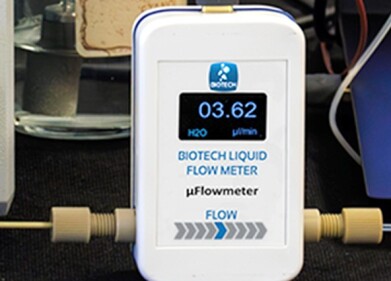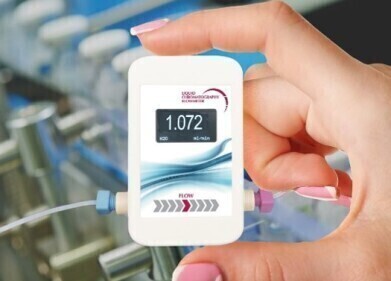-
 Antibiotic levels investigated using HPLC
Antibiotic levels investigated using HPLC
HPLC, UHPLC
HPLC used in antibiotic study
Jun 08 2011
Sepsis in a patient can account for alterations in the pharmacokinetics (PK) of antibiotics, with continuous renal replacement therapy (CRRT) – commonly used in their treatment – thought to exacerbate the changes.
Current recommendations for antibiotic doses are based on data from heterogeneous patient populations in which different CRRT devices and techniques have been used, with the scientists of this study aiming to identify more accurate dosing levels in septic shock patients undergoing CRRT.
As part of the investigation, published by the journal Critical Care, the team used HPLC to determine the serum concentrations in antibiotics, with levels taken before and one, two, five, six and twelve hours after administration.
They found that recommended doses of beta-lactams for Pseudomonas aeruginosa are adequate for meropenem but not for piperacillin-tazobactam, cefepime or ceftazidime so higher doses or extended infusions are necessary.
Digital Edition
Chromatography Today - Buyers' Guide 2022
October 2023
In This Edition Modern & Practical Applications - Accelerating ADC Development with Mass Spectrometry - Implementing High-Resolution Ion Mobility into Peptide Mapping Workflows Chromatogr...
View all digital editions
Events
Jan 20 2025 Amsterdam, Netherlands
Feb 03 2025 Dubai, UAE
Feb 05 2025 Guangzhou, China
Mar 01 2025 Boston, MA, USA
Mar 04 2025 Berlin, Germany


.jpg)








